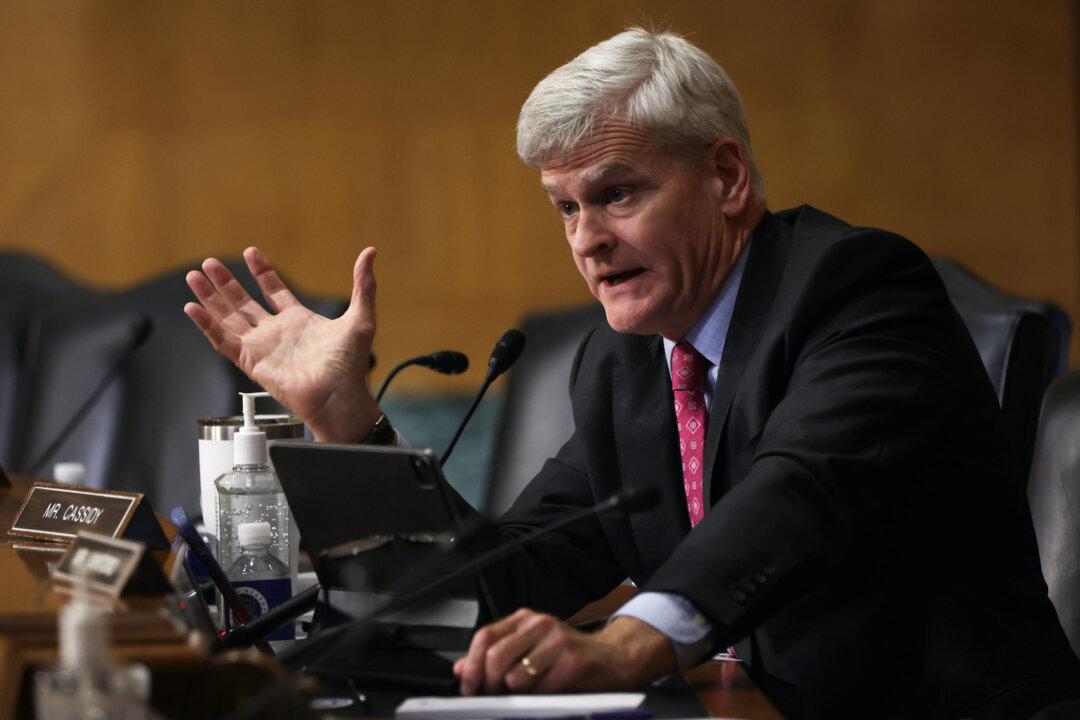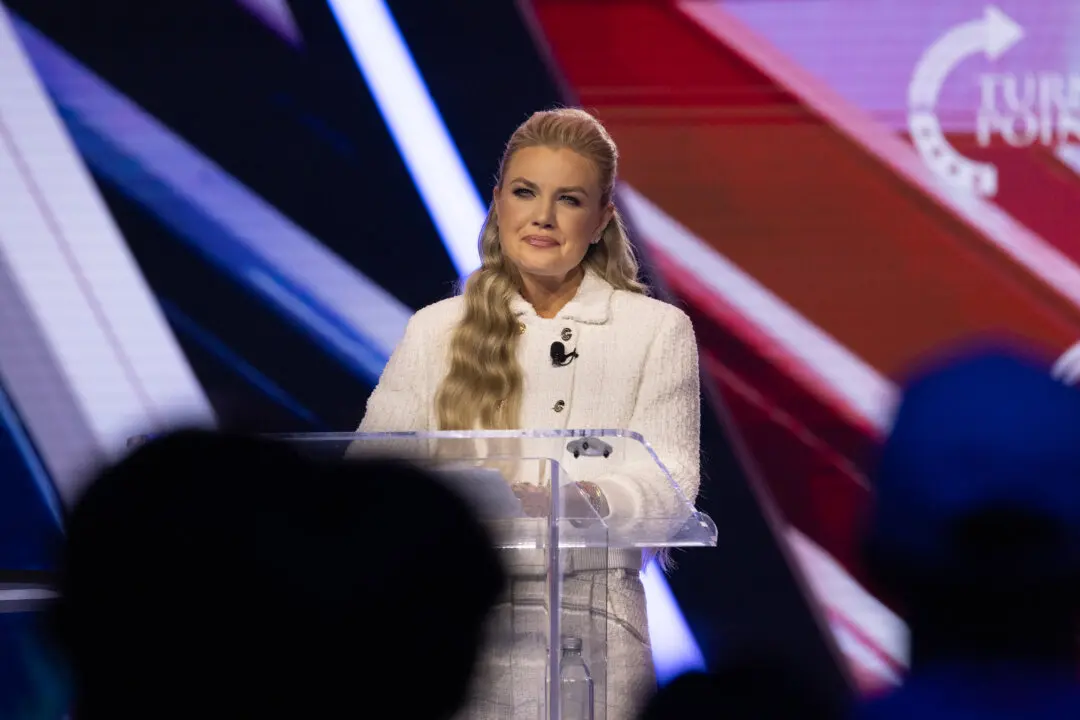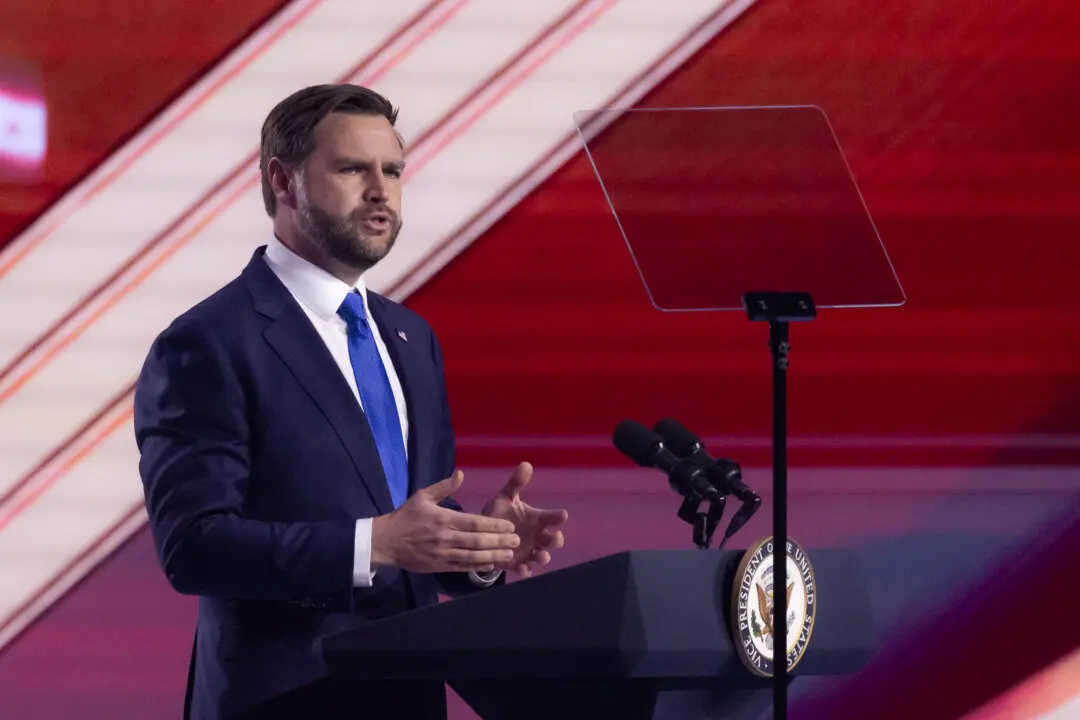The Senate on Nov. 15 defeated a resolution to overturn President Joe Biden’s income-driven repayment plan for student loans.
The Congressional Review Act (CRA) resolution, which only needs a vote of 50 to pass the Senate rather than 60 to end a filibuster, was defeated in a 49-50 vote. All Republicans voted in support of the resolution along with Sen. Joe Manchin (D-W.Va.).





